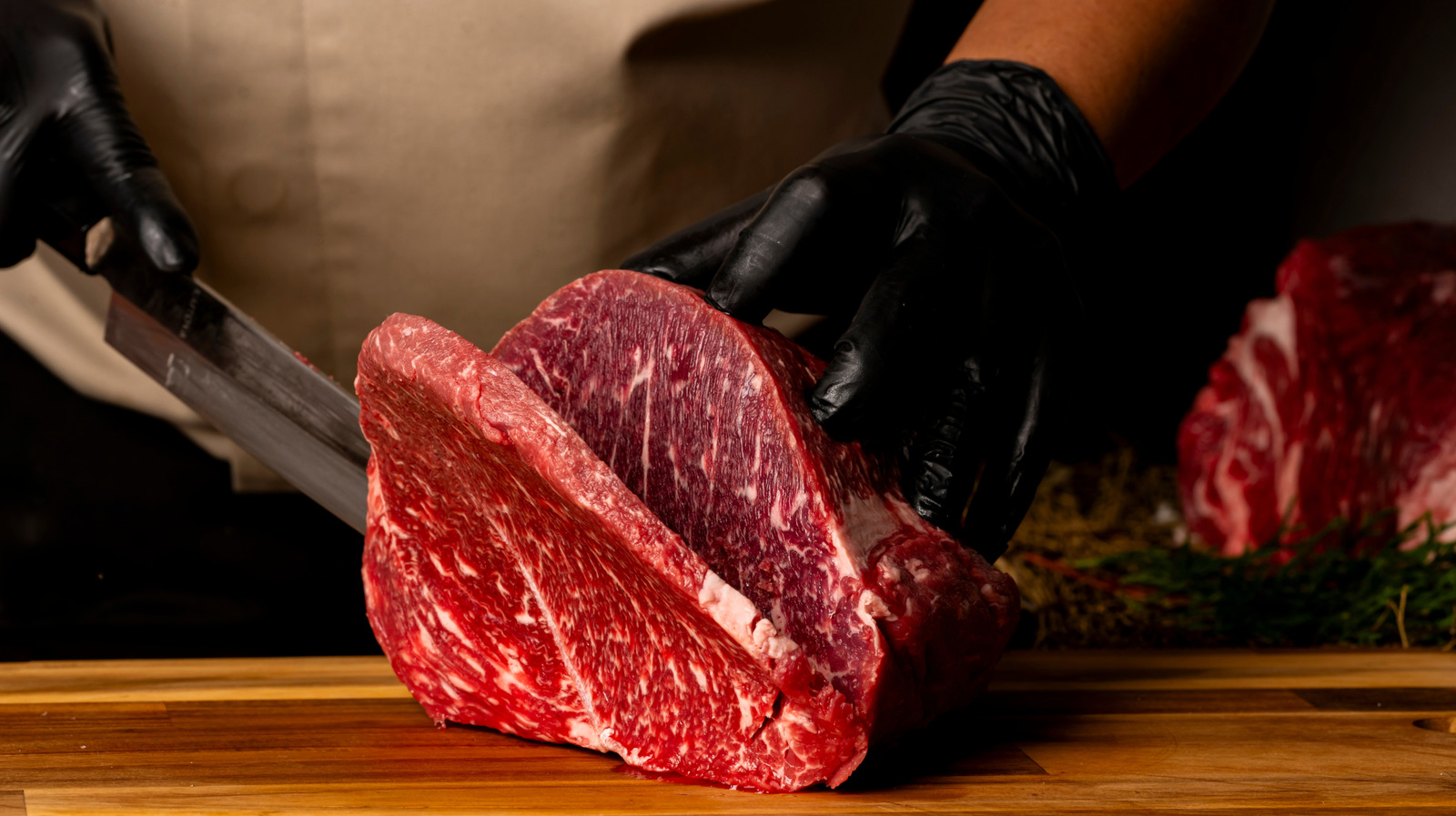
"Every cut of meat is made up of bundles of muscle fibers that run in long, parallel lines. When you look at a raw flank steak or brisket, those lines show up as faint ridges or striations on the surface, and that's what meatheads call the "grain." If you slice along those fibers, each bite ends up with a long rope of intact muscle, which makes it tough and chewy."
"Chefs rely on this rule especially for lean, hardworking cuts like hanger steak or skirt steak, where the fibers are pronounced. Even when cooked perfectly, these cuts can feel leathery if sliced the wrong way. Against the grain, though, they taste dramatically different, particularly because they're easier to chew. The steak is also more flavorful because the shortened fibers release more juices in the bite."
Muscle fibers in meat run in long, parallel lines that appear as a grain on the surface. Slicing along those fibers leaves long intact strands, producing tough, chewy bites. Turning the knife perpendicular to the fibers and cutting against the grain shortens muscle strands, easing chewing and releasing more juices for better flavor. This technique is crucial for lean, hardworking cuts such as hanger, skirt, and brisket, and benefits stir-fry strips and homemade jerky. To find the grain, orient the steak so the knife is at a 90-degree angle to the visible muscle lines and slice in steady, even pieces.
Read at Tasting Table
Unable to calculate read time
Collection
[
|
...
]